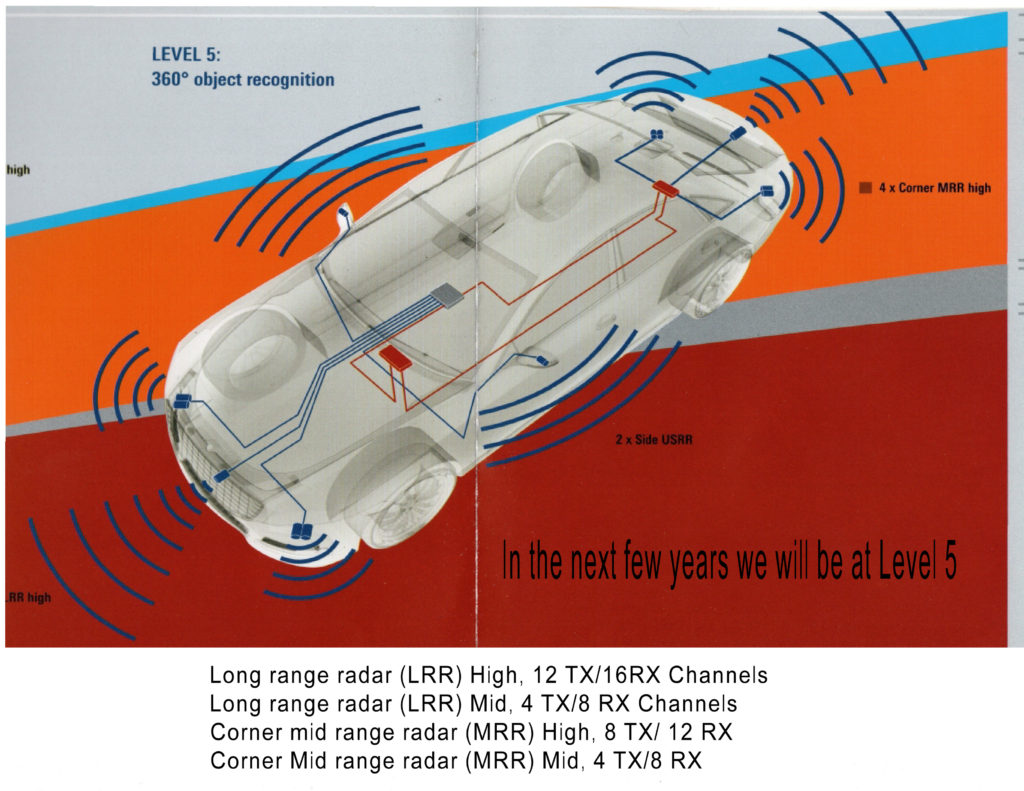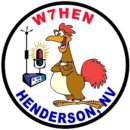
TEK NET
The Henderson Amateur Radio Club is pleased to present our Tek Net every Sunday evening, starting at 8pm local time (0300 UTC).
The audio portion of the Tek Net will be found on the Henderson Amateur Radio Club Repeater Network (RF). The audio may also be accessed via Echolink (W7HEN-R node 740644) and Allstar (node 44045).
The audio will refer to this page, so that the listener can more fully understand the concepts as they are presented.
All are welcome!
June 4, 2023
‘Today’s Automotive Radars and the frequencies that are in our vehicles”
You may be surprised at some of the frequencies that reside in our vehicles, Tonight I will expose them all.
The developement of Imaging Radar has become a key sensor for Advanced Driver Assistance Systems often called ADAS.
**Note- the following data pertains to USA and other countries.
If you decide to leave the TekNet early, please go to the Summary at the end for a special message from me.
I was a bit taken back to find out that today’s vehicles have so many sensors and devices functioning using a 10Base-T1S form of communications.
Some of these are twisted wireline communications and some are wireless or a form of vehicle wifi.
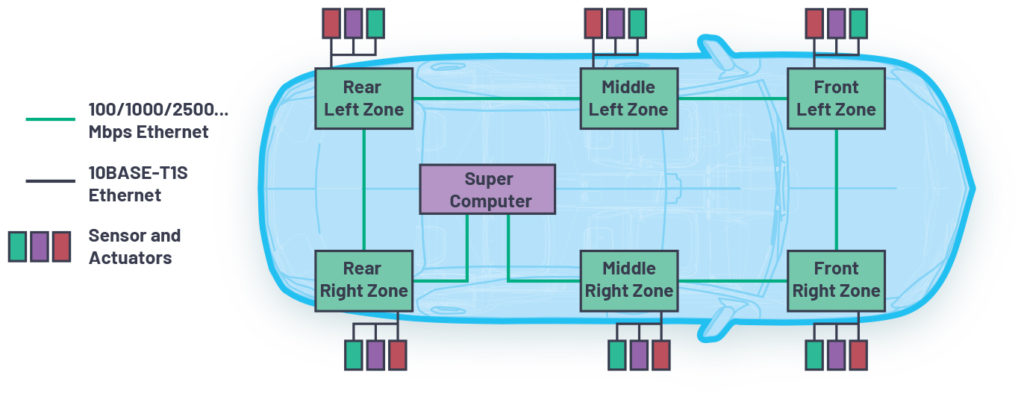
What Drives the Need for 10BASE-T1S?
As the concept of zonal-based architectures evolved, it became evident that Ethernet connectivity all the way to edge sensors and actuators would be required to fully leverage the advantages of this new architecture.
The result was a call for interest from the IEEE to provide a solution to this problem.
Some of the key requirements included:
Faster communication than existing technologies
Replacement of legacy in-vehicle networking technologies like FlexRay
An alternative to 100BASE-T1 for ECUs where 100BASE-T1 is not cost and energy efficient
The ability to support connectivity for simple and redundant sensor networks
As you can see today’s vehicles have gotten to be a massive amount of information handling that the vehicles ECU (Electronic Control Module) has to process and respond to, with actual control functions in the vehicle.
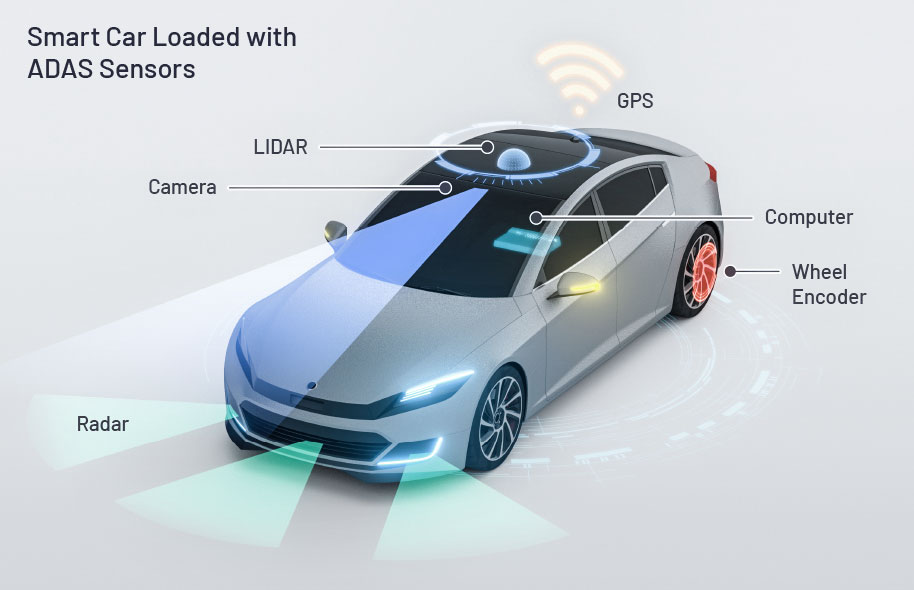
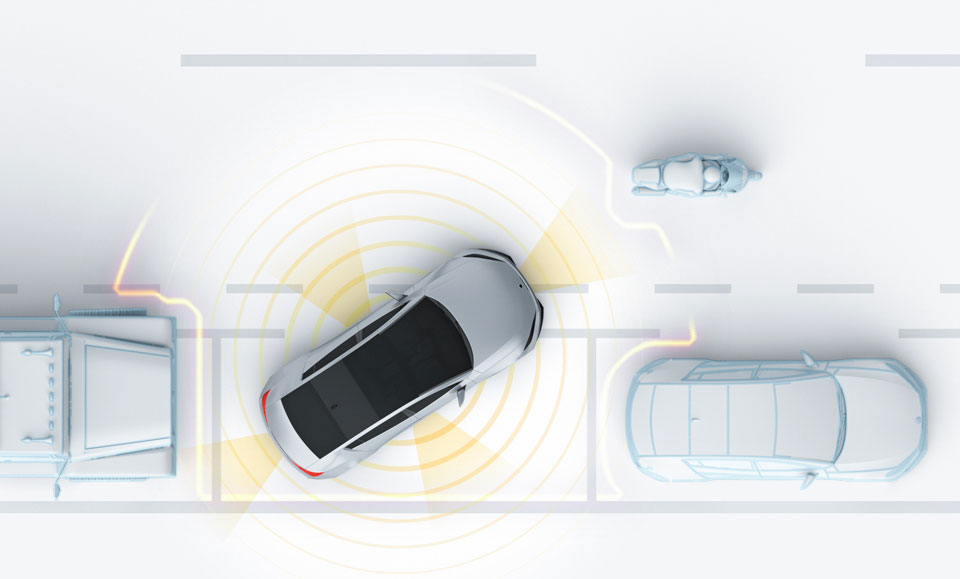
Like any good Tek Net session, I want to cover the actual frequencies that are being used.
It might be fun to see what some of these signals look like using some of the SDR dongles that can operate at these high frequencies.
What are some of the things requiring radar?
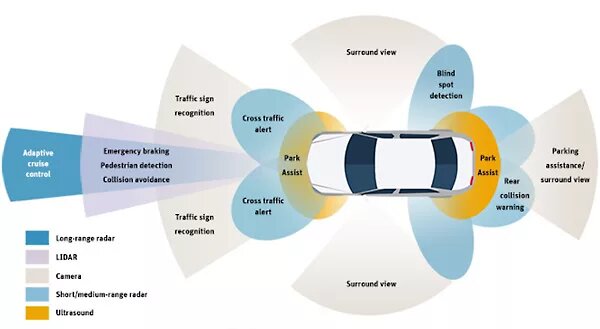
Adaptive Cruise Control Emergency Braking Pedestrian Detection Collision Avoidance Traffic Sign Recognition Cross Traffic Alert Parking Assist Rear Collision Warning Blind Spot Detection 360 degree Surround View
By Category:
Vehicle Connectivity…
Vehicle Radio Frequency ID (RFID)– 125 khz|134 khz|250 khz|375 khz|500 khz|625 khz|750 khz|875 khz |950 Mhz
Near Field Communications – 13.560 Mhz
Electronic Toll Collection – 755.500 Mhz|764.500 Mhz
5G Cellular service- 410 Mhz – 7.125 Ghz | 24.25 Ghz – 52.6 Ghz
Bluetooth – 2.402 Ghz – 2.4835 Ghz
Built-in Universal Garage Door opener – 300 Mhz – 400Mhz
Emeregency call (eCall) – 2G to 5G 340Mhz to 7.125 Ghz
Wireless Local Area Network (WLAN) – 900 Mhz|2.4 Ghz|3.6 Ghz|4.9/5 Ghz|5.9 Ghz|60 Ghz
Cellular Vehicle-to-everything communications ( C-V2X) – 5.9 Ghz
Vehicle-to-everything Communications ( V2X) – 5.9 Ghz
